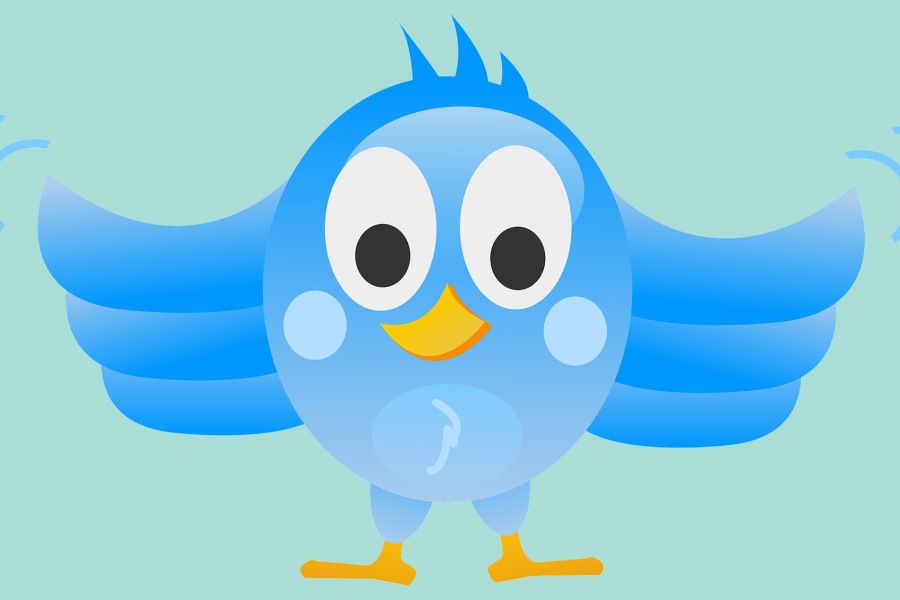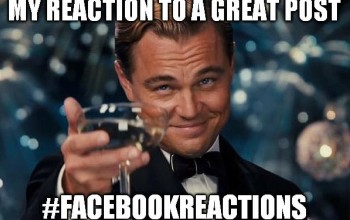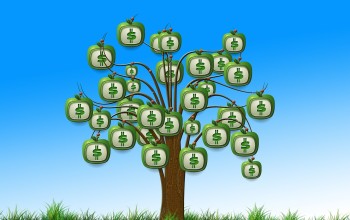Once a favorite platform with users, Twitter is now clearly on the decline.
The symptoms
Twitter lost about 2 million users in Q4-2015 – a drop from 307 million active users in Q3-2015 to 305 million in Q4.
Twitter stocks have suffered a plunge as a consequence of its diminishing popularity.
Top executives are leaving the company. Earlier, their CEO – Dick Costolo was replaced by Jack Dorsey.
So what is ailing Twitter as why is it dying?
The diagnostics
1. The model is news-feed than interaction centric
Interaction details (such as who re-tweeted, liked or replied) are not visible unless you expand a tweet. That’s extra time and effort for users. On other platforms, we can clearly see the what and the who of all interactions in our news-feed or user profile pages and that encourages other users to stop by, read and engage with the updates.
2. Users are not checking news-feeds
If Twitter is a news-feed, then the high volume of tweets and the low volume of interaction makes you suspect whether most of the users are just sending out information into the news-feeds, but not consuming any themselves.
3. Excessive automation
The Twitter model lets users quickly acquire a large volume of followers. As a consequence, users need third party automation tools to manage their accounts and send direct messages to large volumes of followers.
This is the case only with Twitter. We don’t need a battery of automation tools to manage our Facebook, LinkedIn, Instagram or Pinterest accounts.
4. High level of noise
Tons of tweets flow into Twitter every minute. However, the effective content, or the signal to noise ratio for such content is very low. Links to news, articles, blog posts, videos, spam, etc. distract users. In the bargain, the desired content is lost. Other social media sites such as Instagram or Facebook have lesser noise levels in comparison, and therefore more engagement.
5. Spammers
Twitter has become a hub for spammers with tons of fake accounts. Spammers are always on the prowl and a single user may use multiple accounts to spam followers with irrelevant content.
6. Absence of visual support
While Twitter serves as an ideal platform for quickly sharing content, the screens are usually devoid of images and videos. For example, an Instagram or a Facebook post is more visually appealing than a tweet. While regular Twitter users are mostly male, female users seem to be more attracted to Instagram and Facebook than Twitter, because of their visual appeal.
7. Concerns about privacy and security
Since Twitter shares personal data with third party platforms and tools, there is a sense of insecurity that users feel while using this platform.
8. Low character limit
While the beauty of Twitter lies in the 140 character limit, not all users find this restriction acceptable, and therefore they prefer to use other platforms that let them post longer updates.
9. Marketing and promotional platform
Unlike Facebook or Instagram where people connect with friends and relatives, Twitter is more about professional networking and industry updates. Those people whose profession does not require them to build large networks or share content like we digital marketers need to, do not need it.
As a result, Twitter is full of selfish marketers trying to promote or sell something. But buyers are on other platforms, because Twitter is like a spam folder.
10. It’s more about flaunting numbers
The follower-following relationship is not mutual on Twitter. To look and feel like celebrities, users use the follow-first strategy to gain followers and then eventually unfollow them in order to maintain a highly skewed follower to following ratio. So much so that they login just to manipulate the numbers than share any information, much less read tweets or engage with users.
One might argue that even Instagram follows a non-mutual follower model. But Instagram posts and news-feeds display interaction details unlike Twitter news-feeds, and that makes interaction central to the Instagram model unlike Twitter.
11. The messaging functionality is complicated
You can’t message a user or track message history directly from their profile page. You have to click the message link in the main navigation, then enter the name (which you may not be able to recall), then click ‘next’….If you want to check message history of a specific user, you have to scroll through all the junk messages, until you lose patience and give up before you find what you are looking for. This makes it difficult to build one-on-one relationships. Also important messages get buried under the ton of messages and get missed.
12. Useful only to politicians and celebrities
As of now, only politicians and celebrities seem to be using it effectively. Politicians and their volunteers tweet against their rivals. Celebrities are able to connect with fans.
The panacea
The 140 character limit that holds key to Twitter success should not be compromised. Twitter is still a great platform to stay updated on the latest news, trends and industry updates.
However, some steps can be taken to control spam accounts, trolls, excessive use of automated tools, and also selfishness.
-Encourage meaningful mutual relationships.
-Tweak some features and functionality to reduce dependence on third party automation tools.
-Tighten daily tweet limits to make sure that people tweet judiciously.
-Make direct messaging easy, so that people talk to people than bots messaging bots.
A few minor tweaks to the model may help save the once amiable birdie before it is too late.
Cover photo: Courtesy Creative Commons license




